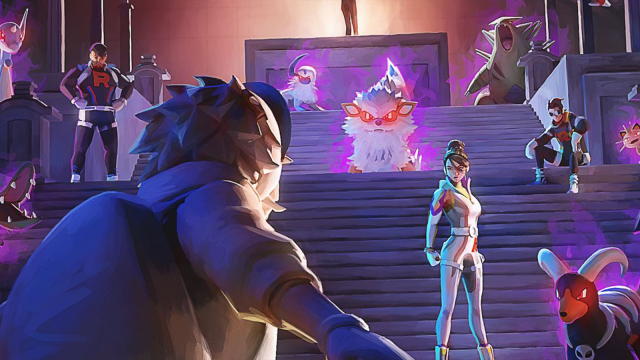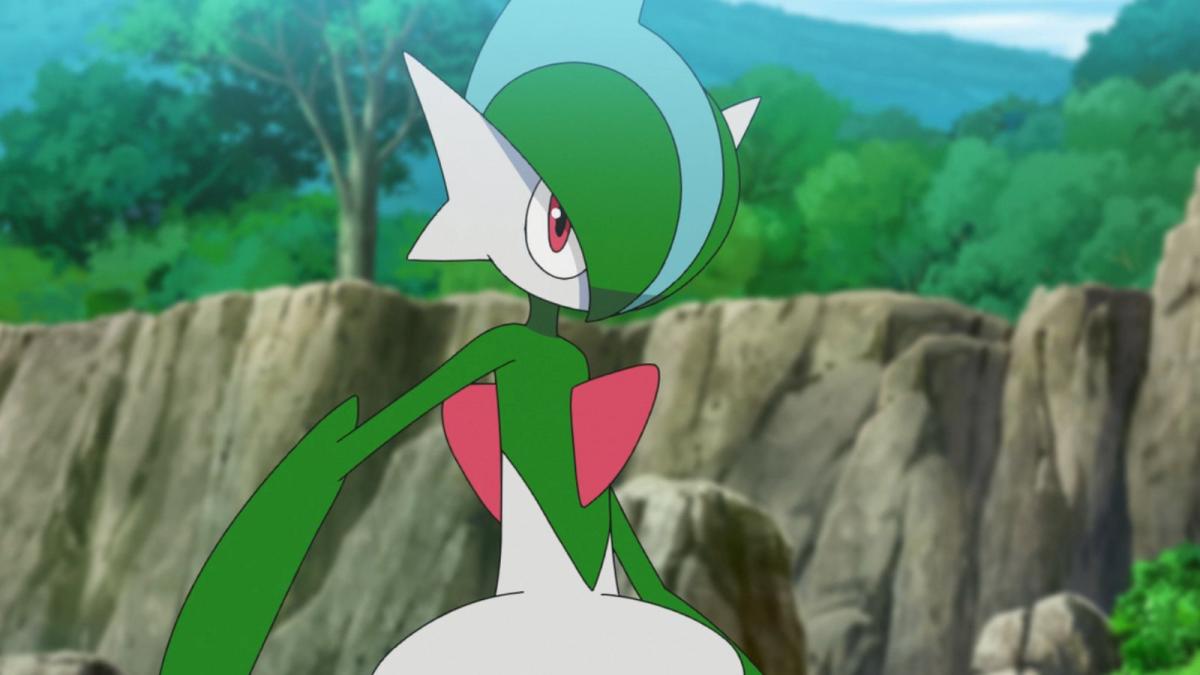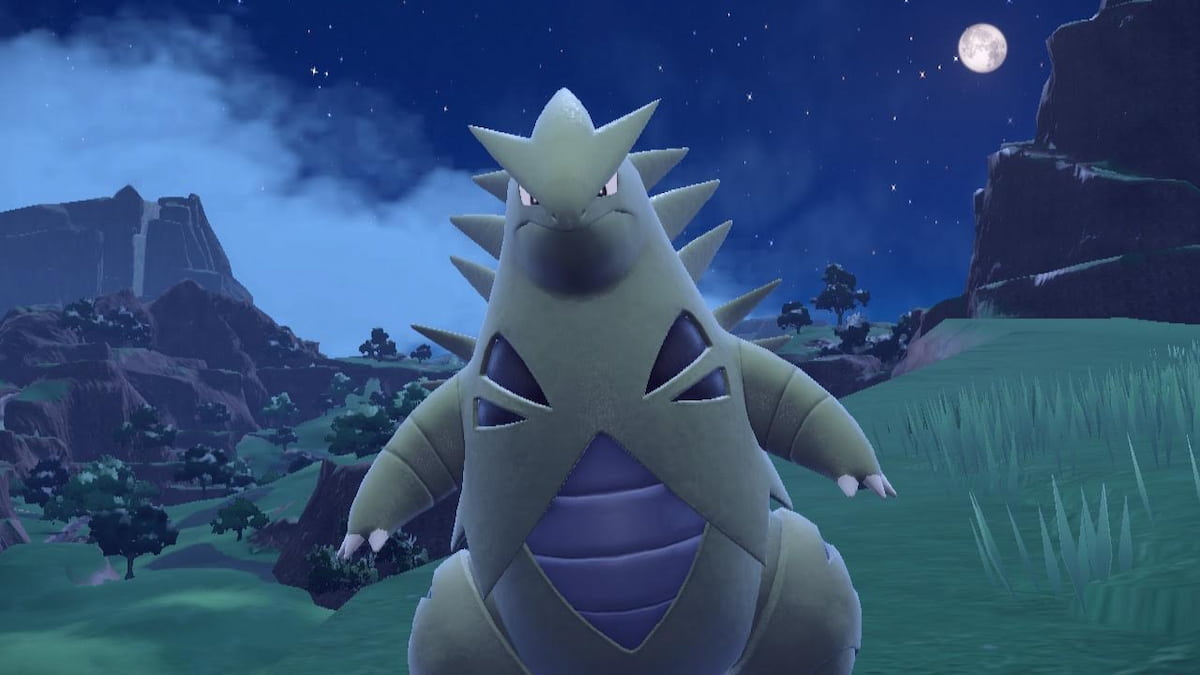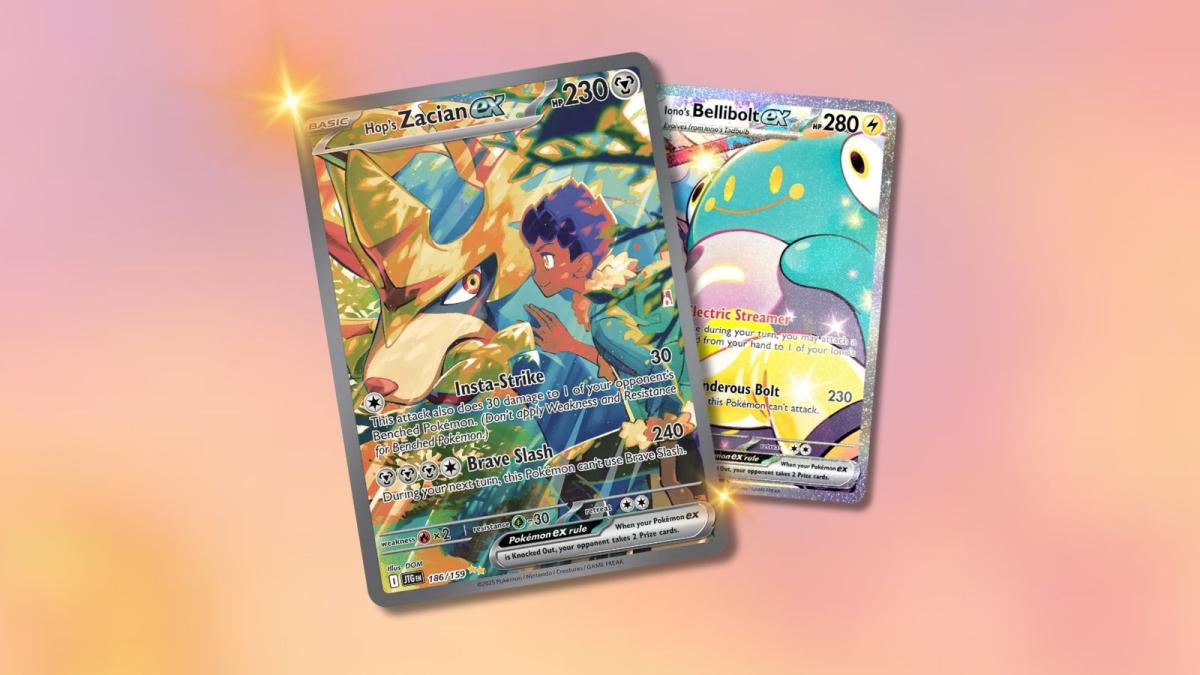If you’re a Pokémon Go fan who is out of the loop with the ins and outs of the community, you might have seen all the fuss about the Remote Raid Pass changes trending on social media but have no idea what it’s actually about.
Essentially, Niantic made a decision to drastically change how these items work, and in the eyes of pretty much everyone, it was a bad move that went against the wishes of the fanbase. In many ways, it was the drip that broke the levee. Dissatisfaction had already been brewing for months, but it took something as bad as that to convince players to make a stand—and what better way to do that than a strike?
Here’s everything you need to know about the situation, including the changes that sparked the strike, what the strike entails, how many people have been involved, and more.
Pokemon Go’s huge Remote Raid strike: Why it’s happening and everything that changed
What Remote Raid Passes do
Remote Raid Passes allow players to join raids remotely without having to attend them in person. This was handy during the pandemic due to all the lockdowns, but players still love them because they make raiding easier.
How Remote Raid Passes worked before the changes
Before the changes came into effect, Remote Raid Passes cost 100 Pokécoins each, or three for 300 Pokécoins. This was a good deal since players could earn a maximum of 50 Pokécoins a day from Pokémon in Gyms and spend their heard-earned Pokécoins to compete in whatever raid they needed to.
How Remote Raid Passes work after the changes
From April 6 onward, Remote Raid Passes now cost 195 PokéCoins each, or three for 525 PokéCoins. This is practically almost double the original cost, making it much harder for players to earn them for free.
What’s more, Niantic also started limiting how many Remote Raid Passes players can use each day. As it stands, that number is a maximum of five, but it could increase temporarily during special events.

Pokemon Go Remote Raid controversy timeline: How it all unfolded
- Feb. 20: Niantic accidentally revealed plans to limit how many Remote Raid Passes players can do each day via their description text in a minor update. They removed the added text shortly after.
- Feb. 21: Fans discussed the change. Most seemed to agree it was bad, with the only point in favor of it being good is that it encouraged people to raid locally—something which could have been incentivized instead. Leaks also emerged, showing the price could increase to 150 Pokécoins.
- Feb. 22: Fans threatened to boycott the game if the accidental reveal was true, although it was presented as a meme. The discussion that ensued, however, is what allowed it to start gaining traction.
- Feb. 23: The ground rules for the strike were created. The premise was that, if the changes did end up happening, adhere to the following rules:
- Do not use or purchase Remote Raid Passes, Premium Raid Passes, and Bundle Boxes.
- Do not do more in-person raids the one normally would to avoid Niantic noticing any kind of increase.
- Encourage other players to do the same without pressuring them.
- March 10: Niantic doubles down on “renewed commitment to bolstering Pokémon Go’s in-person experience” in 2023 and beyond, sparking concern that the Remote Raid Pass changes could be true.
- March 30: Niantic confirms the Remote Raid Pass changes are true, outlines all the details, including the addition of a price increase, in a blog post. The community immediately responded to the changes with anger and disappointment. Some players even started quitting the game en masse, while others stopped purchasing items from the item shop right away.
- April 2: Frustrated fans theorized Niantic anticipated the backlash all along and purposefully increased the price more than the initial leaks suggested so they could lower it to seem like the good guys.
- April 3: The community desperately pleaded for Niantic to backtrack on the changes for the game’s sake. Those who had already given up hope started bracing themselves for impact.
- April 4: #HearUsNiantic started trending on social media as tens of thousands of fans joined the cause. Despite their efforts, data miners found proof Niantic was still planning to roll on with the changes.
- April 6: The boycott entered full swing, and not even the announcement of a new event could distract players from it.

Why fans are mad about the Remote Raid Pass changes
Players are upset about the changes for several reasons. First, they believe the price increase coupled with the daily limit is greedy—something which they’ve criticized Niantic for quite a lot this year.
Second, they feel like Remote Raid Passes have become an integral part of the game and of enjoying them. The latest changes undermine that, forcing players to invest more time to physically attend raids instead.
Third, it’s a slap in the face of fans who have wanted nothing more than for their voices to be heard for years now, and they’ve decided enough is enough and it’s finally time to band together to do something about it.
How Niantic has responded to the backlash
Niantic hasn’t publicly acknowledged the backlash, nor have they acknowledged the strike. That could change, however, depending on how much momentum the strike ends up having.
What happens next
The ideal outcome for the community is that the strike becomes so widespread it draws a response from Niantic, who will make Remote Raid Passes cheaper and increase their daily limit or revert the changes entirely. It would also teach Niantic an important lesson—listen to what fans are saying and take it on board.
The more pessimistic outcome, and in the eyes of some fans, the more realistic one, is that Niantic will continue to ignore the situation, in which case, lots of players will never return, diminishing the player base.
Those who aren’t willing to call it quits yet, however, will have a chip on their shoulder forever, and although they might still play from time to time, that could change the next time Niantic makes an unwanted change.
Fans have played their hand. The ball is now in Niantic’s court, and it’s up to them to decide what happens next when it comes to Pokemon Go’s future.











Published: Apr 6, 2023 01:36 am